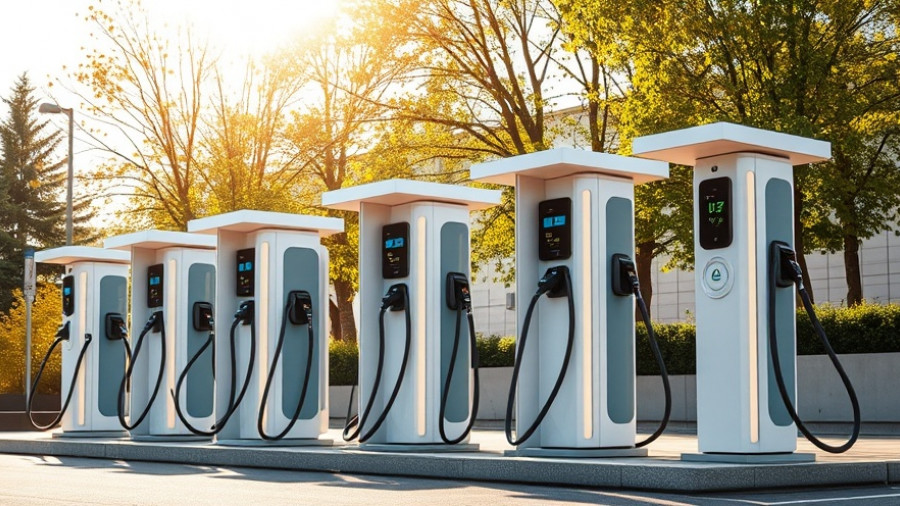
How Dynamic Discharge Extends Battery Lifespan
Recent research from Stanford University has revealed a groundbreaking insight into electric vehicle (EV) battery health, particularly regarding how battery life can be enhanced through specific usage patterns. The team's findings, published in the journal Nature, suggest that introducing periodic sprints, or accelerative stress, to battery discharge profiles can extend their lifespan significantly. This revelation is set to alter the current understanding of battery aging mechanisms both across conventional use cases and in more dynamic applications.
The Study's Methodology: Rethinking Battery Testing
The scientific team at Stanford completed a two-year research project, meticulously testing 92 battery cells composed of silicon oxide-graphite combined with nickel-cobalt-aluminium. The structured experiments, conducted at a constant temperature of 35 degrees Celsius, compared traditional consistent current discharge profiles against dynamic discharge situations that mimic the driving patterns seen in various electric vehicle applications, including buses and commercial vehicles.
This approach revealed that batteries subjected to varying discharge profiles during testing saw an increase in lifetime, quantified as up to 38% more equivalent full cycles at the end of their lifespan. This benchmark is essential when considering the average legacy of batteries in light-duty applications common in private use.
Practical Insights for Electric Vehicle Owners
For homeowners and businesses contemplating their energy options, the implications of this study are profound. By recognizing that occasional, significant energy demands can actually promote the longevity of battery systems, users can better strategize their energy usage and incorporate technology into their daily lives without fear of premature battery failure. Additionally, this knowledge can influence decisions regarding electric vehicle choice, providing insight into what characteristics they should seek.
Future Predictions: The Role of Enhanced Battery Management Systems
As the integration of EVs into everyday life accelerates, it's reasonable to anticipate advancements in battery management systems (BMS) that incorporate these insights. Future BMS configurations are likely to analyze driving patterns and make real-time adjustments to discharge profiles that maximize battery health based on optimal dynamic discharge durations. Smart energy companies might also leverage this research to develop smarter, electrically integrated home charging solutions that improve both battery lifespan and user experience.
Conclusion: Rethinking Battery Use in a Green Energy Context
The study from Stanford not only has implications for battery-operated vehicles but extends to the very core of green energy solutions. Homeowners and businesses committed to sustainability through solar panels and electric vehicles should take heed of these findings, utilizing charging patterns that reflect dynamic discharge. Such practices can lead to more efficient energy use and ultimately contribute to a larger goal of grid independence and environmental stewardship.
As you consider the integration of electric vehicles and the importance of battery longevity, now is the perfect time to evaluate your energy strategy. Learn how these advancements fit into your overall green energy goals and explore personalized solutions that leverage this cutting-edge research for superior energy efficiency.
 Add Row
Add Row  Add
Add 



Write A Comment